2019-02-07
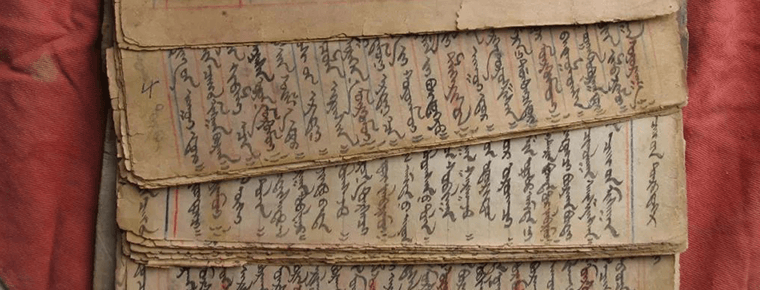
- By ChinaWiki.net
- Chinese Edition
- 2019-04-15
Chagan Sulide Festival
Sulide, in Mongolian, has the meaning of auspiciousness, loftiness, harmony, unity and harmony. The sacrifice of Chagan Sulide is the natural worship of the universe of heaven and earth gradually formed by the Mongolian people in a long period of time.
The Ushen Banner of Ordos City, Inner Mongolia Autonomous Region, is the most complete preservation and inheritance of Chagan Sulide sacrifice. The Mongolian herdsmen living here mostly stand in front of the door of the Sulide-shaped "Heymory", and every morning herdsmen burn incense and pray in front of "Heymory", which is the concentrated embodiment of Chagan Sulide culture in this area. Chagan Sulide's sacrifices mainly include celestial sacrifices, star sacrifices, fire sacrifices, day sacrifices, month sacrifices, seasonal sacrifices, New Year's sacrifices, majestic sacrifices and so on.
The sacrifice of Chagan Sulide was handed down from generation to generation by the Dalhut tribe, the watchman of Genghis Khan. The grand ceremony formed in the 13th century has been completely preserved to this day, and has been enriched and perfected with the development of the times. The origin of Chagan Sulide is recorded in Secret History of Mongolia and Benji of Yin Taizu of Yuan Dynasty. It is said that in 1206, Tiemuzhen, who had gone through difficulties and finally unified the grassland, was respected as Genghis Khan. After the establishment of the Great Mongolia, Chagan Sulide was set up as a symbol of the country outside the Golden Curtain. Mongolians still believe that white represents purity, supremacy and nobility. Chagan Sulide is composed of a master Sulide and eight accompanying Sulide. Therefore, it is called Jiuzhagan Sulide, or "Jiuzhao Baiyi" (also known as "Jiuzhao Baiqi"). The Chagan Sulide Altar is composed of three parts: the main flag, the Zongqi and the substitute flag. The top of the main flag is made of hill-shaped gold-plated cylindrical iron. It is one foot three inches tall and reeled with nine-figure white mane. The flagpole is thirteen feet tall, three inches in diameter, and its body is white. The base of the main flag is tortoise-shaped stone. So far, the sacrifice of Chagan Sulide has been handed down for more than 800 years. In 2006, Genghis Khan was selected as the first national intangible cultural heritage list. In 2014, Chagan Sulide sacrifice was listed in the fourth batch of National Intangible Cultural Heritage Representative projects.
The original text of Chagan Sulide's Words of Sacrifice
As a manifestation of national self-esteem and spiritual strength, Sulide culture is like a clear spring that merges into the long river of Chinese national culture and is a brilliant treasure in the treasure house of national culture. The Mongolian traditional culture of "Sulide" which is a pluralistic aggregation is a rich cultural resource and tremendous cultural wealth of the Ushen people. Sulide culture not only embodies the complete inheritance of Mongolian traditional culture, but also deduces a heavy history, which has important historical significance and practical significance of keeping pace with the times.
For thousands of years, Sulide has long protected the excellent Mongolian herdsmen.
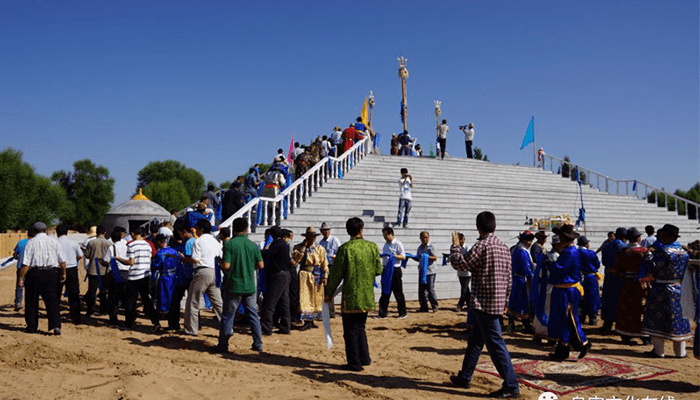

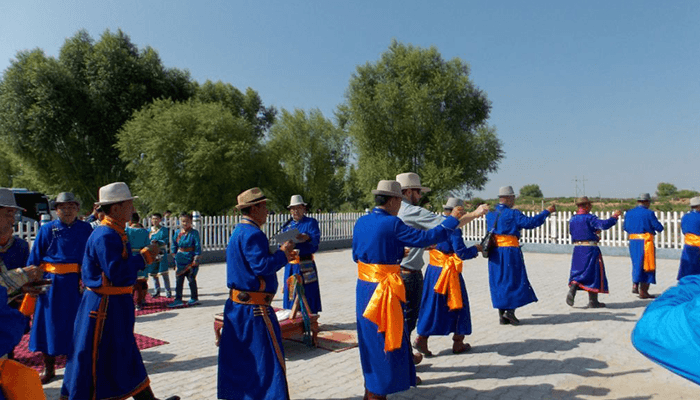
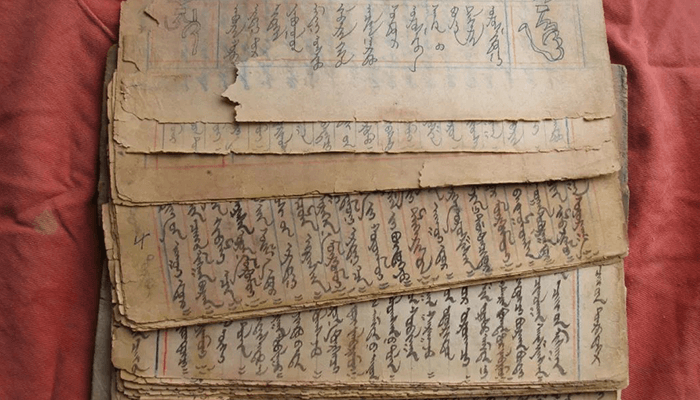
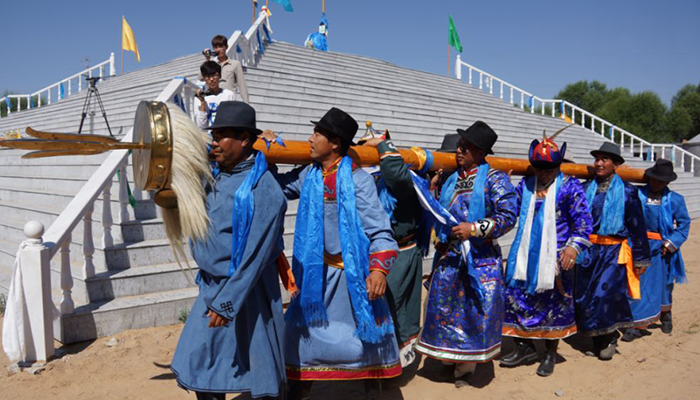
Ask a Question
Your email address will not be published.
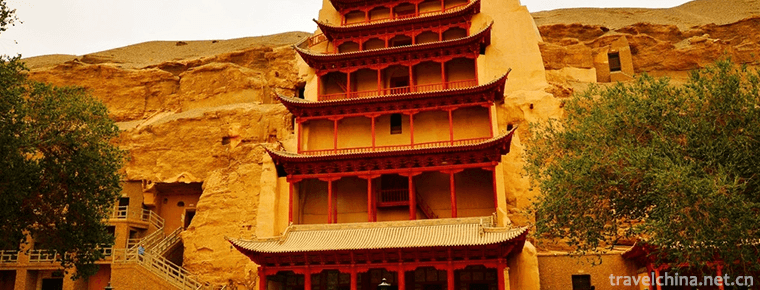
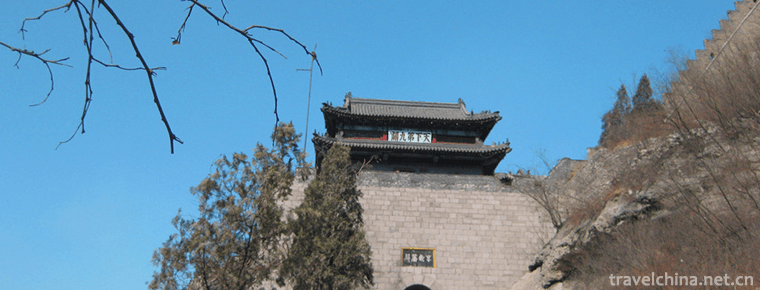

0 Questions